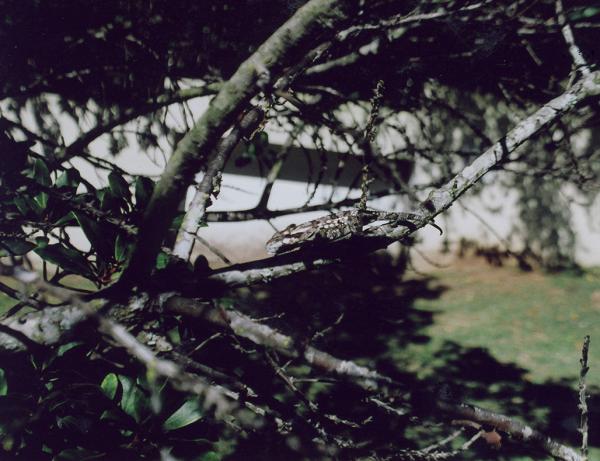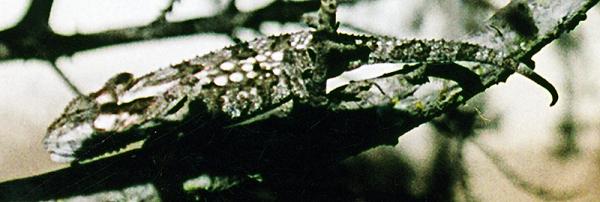Tygerr
Avid Member
A friend sent me a photo of a cham they spotted in their garden. The pic was taken in Kenton, South Africa, near Port Elizabeth.
As far as I can tell, it looks like Bradypodion Ventrale- the Eastern Cape Dwarf Chameleon (also known as Southern Dwarf Chameleon). That is the most common cham in that area.
Can you spot him:

These guys really blend into their surroundings well:

They grow to about 14cm (total length).
As far as I can tell, it looks like Bradypodion Ventrale- the Eastern Cape Dwarf Chameleon (also known as Southern Dwarf Chameleon). That is the most common cham in that area.
Can you spot him:

These guys really blend into their surroundings well:

They grow to about 14cm (total length).






